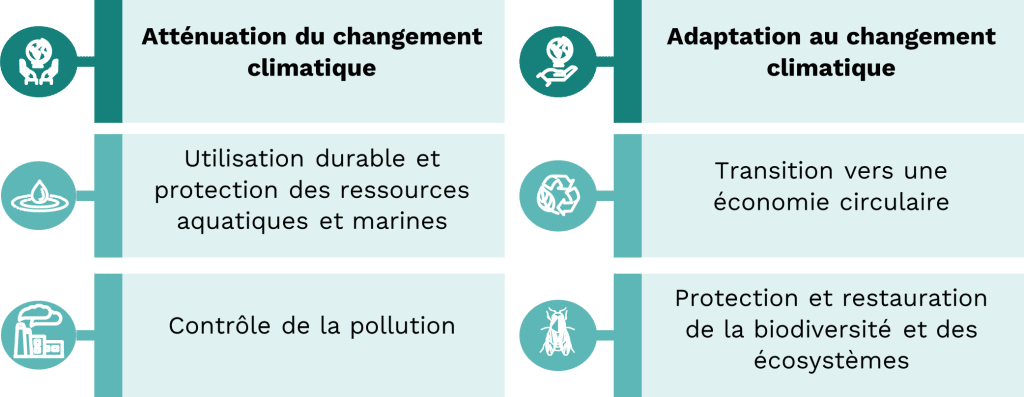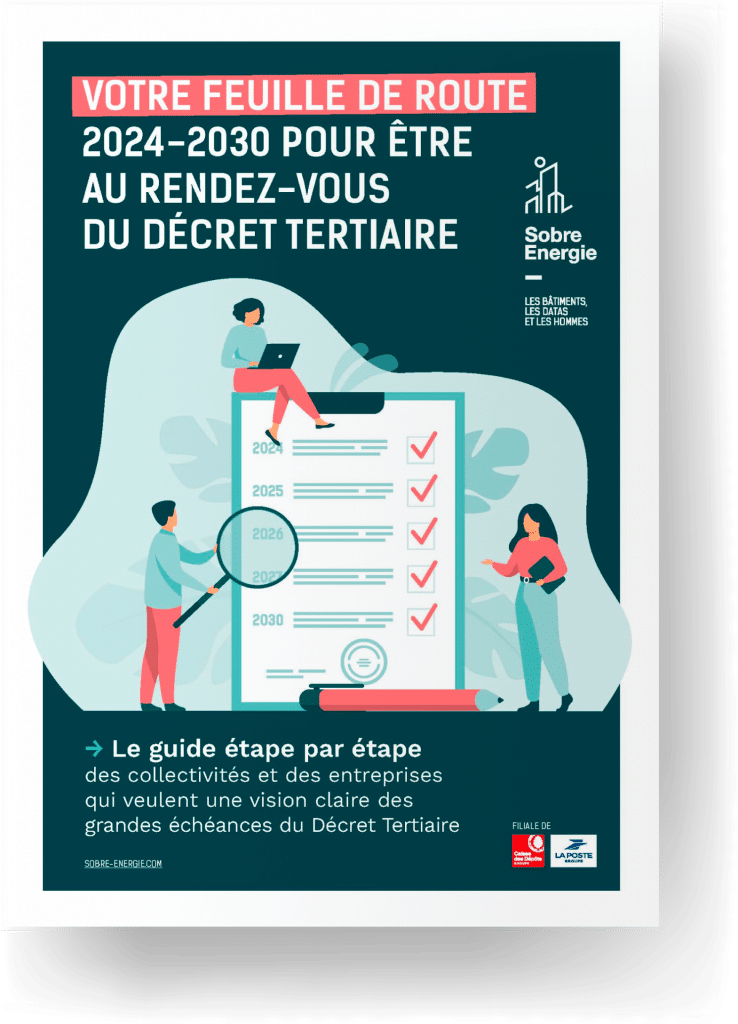On March 8, 2018, the European Commission launched the Sustainable Finance Action Plan , an initiative that helps redirect capital flows and ensure complete decarbonization of the economy by 2050. Indeed, 1,000 billion euros will need to be mobilized between 2021 and 2027 to succeed in the low-carbon transition of the 27 member countries.
In this context, the taxonomy was born to guide investors towards sustainable activities.
What is the European taxonomy?
The European Taxonomy is a classification system that identifies economic activities contributing substantially to certain environmental objectives. Adopted in June 2020, this innovative approach aims to harmonize investments for sustainable development by providing a common language for assessing the sustainability of economic activities.
An activity is considered “sustainable” if it meets these 3 criteria:
- Contribute : contribute significantly to at least one environmental objective
- Do no harm : do not harm another environmental objective (principle of Do No Significant Harm)
- Respect : respect the minimum guarantees
The six environmental objectives
For an activity to be classified as “sustainable”, it must contribute substantially to at least one of the six environmental objectives and not harm another environmental objective defined by the delegated acts of the European taxonomy:

How to be aligned with the taxonomy?
To ensure alignment with the taxonomy, a three-step process was established:
Step 1: Eligibility
The taxonomy does not cover all economic activities, which makes carrying out an eligibility analysis mandatory since 2022. This eligibility analysis consists of comparing the activities of organizations and investments, expressed as a percentage of the figure d business, capital expenditures (CAPEX) and operating expenditures (OPEX), with the activities included in the taxonomy.
Step 2: Alignment
Eligible economic activities must contribute substantially to at least one of the six environmental objectives mentioned above and this contribution must be made without undermining the other objectives.
In addition, the activity must respect social and labor rights to be considered green.
Step 3: KPI reporting
This step consists of calculating and publishing the sustainable part of the activity in extra-financial reporting.
In this context, a new CSDR directive (Corporate Sustanabiliy Directive Reporting) will gradually come into force from January 1, 2024. It replaces and expands the NFRD (Non-Financial Reporting Directive) by integrating the criteria of the European taxonomy.
Focus on the construction sector
For the building the act defines as “sustainable”:
- A construction after January 1, 2021, presenting a primary energy demand at least 10% lower than the threshold for the most efficient class (DPE A in France),
- A renovated building capable of presenting an energy performance (expressed in primary energy) improved by 30%
- A building in operation, built before 2021, in compliance with the BACS decree, and able to present:
- A class A Energy Performance Diagnosis (DPE) , expressed in primary energy.
- Or failing that, being part of the 15% of the national or regional real estate stock with the best performance in terms of primary energy consumption.
Every year, the Sustainable Real Estate Observatory (OID) publishes its Barometer of the Energy and Environmental Performance of buildings. This barometer makes it possible to monitor and support the ecological transition of real estate by integrating real data in order to obtain a sectoral view. From this work emerge the Top15 and Top30 benchmarks relating to the mitigation issue of the European taxonomy, which is based on a historical database of 25,300 buildings.
- Shopping centers and hotels : increase in energy consumption of the Top15 (+ 5% and + 25%) attributed to the resumption of activity after the pandemic
- Office buildings and healthcare assets : reduction in energy consumption of the Top15 (-5% and -10%) which constitutes a positive sign in terms of energy sobriety
- Residential : unchanged indicators
The European taxonomy concerns around 90 economic activities. In the real estate sector, these include construction, renovation, acquisition and property management and individual measures.
As a reminder, a less energy-intensive building allows you to comply with the tertiary decree and increase the green value of your asset. The taxonomy allows a better valuation of your real estate for sale/rental.
How to decarbonize your building
By choosing Sobre Energie, our customers participate in climate change mitigation and adaptation to climate change.
Sobre Energie sustainably supports businesses and communities in achieving energy efficiency in their buildings thanks to its integrated set of Data Marc digital services.
- Measure your energy consumption and detect anomalies via an energy monitoring platform like Data Marc.
- Prioritize operating actions to reduce your consumption
- Enhance your performance with indicators in kWh, CO2eq and € and obtain your energy/climate label
- Ensure your regulatory compliance with studies/audits to choose the work
- Improving uses with advice from energy/engagement managers
